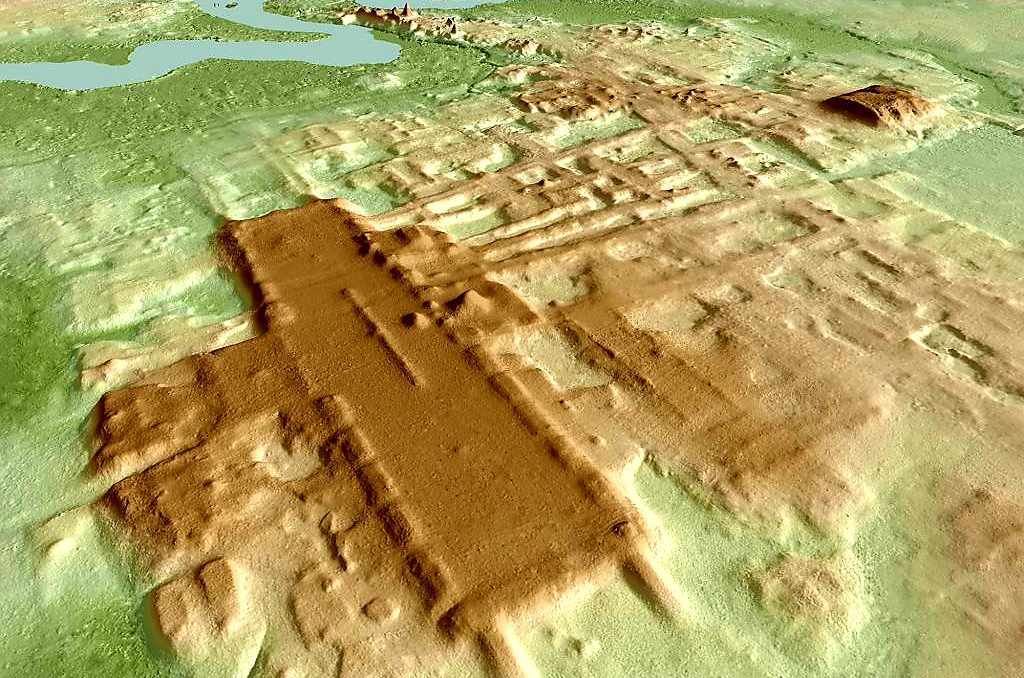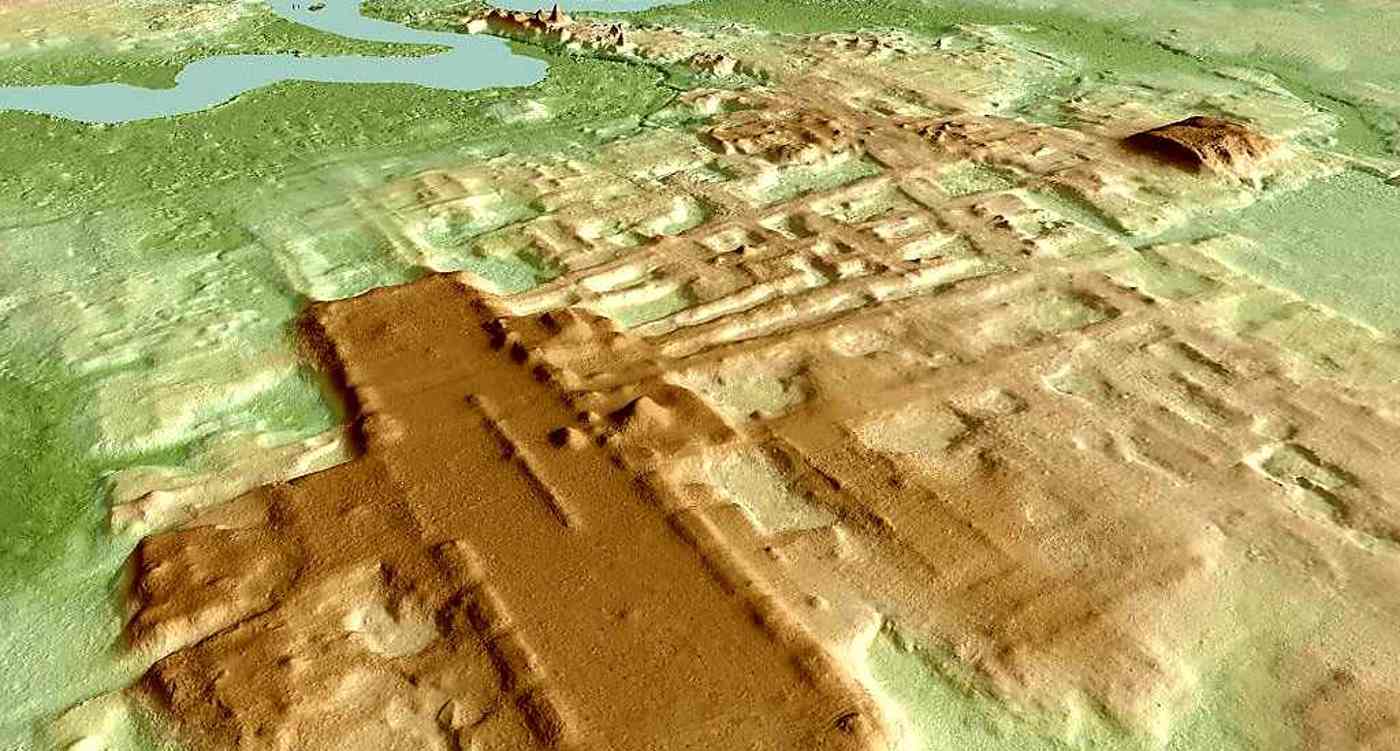
A laser mapping survey from airplane recently revealed nearly 500 Mesoamerican monuments hiding in plain sight, many for the first time.
The new discoveries challenge the current timeline surrounding the rise and fall of the ancient Olmec and Maya civilizations, and scientists estimate they will lead to decades of research in the two areas.
Southern Mexico is in some ways like Rome or the Middle East’s Fertile Crescent: In this part of the world, there are archeological sites on archeological sites going back to some of the earliest permanent settlements on the planet.
The 478 “formal complexes” found in the LIDAR survey (laser imaging, detection and ranging) date back 3,000 years, and were overgrown with vegetation. They primarily include large rectangular manmade plateaus which have some correspondence to number systems and cosmology, and which may have been used for ceremonial gatherings.
The scientific team consisted of many of the same researchers who last year uncovered the site of Aguada Fenix in the Eastern Yucatan on the border with Guatemala, which was dated to between 1,000 and 800 BCE, recalibrating the rise and formation of Mayan Civilization which was believed to have originated slightly later through small villages forming sedentary population centers.
CHECK OUT: A Sorceress’ Toolkit Has Been Discovered in the Ashes of Pompeii
Aguada Fenix, like the recent discovery, featured a large artificial plateau, which measured 4,600 meters in length and between 32 and 45 feet in height, with nine causeways radiating out from it. Ten smaller platforms flanked it on either side, totaling twenty, the basis for many Mesoamerican counting systems and cosmological beliefs, reports Science.
Hiding in plain site
To make the new discovery, Takeshi Inomata at the University of Arizona used publicly-available LIDAR data from the Mexican government to survey 32,600 miles of ground. In a place called San Lorenzo in the Olmec archeological region, a similar layout of platforms was discovered, which Inomata and the rest of the research team believe suggests the Maya built their ceremonial earthworks at Aguada Fenix in relation to San Lorenzo.
LOOK: A Lost Sunken City of Gold and Jewels Found in the Mud of Indonesian River
“This format was probably formalized and spread after the decline of San Lorenzo through intensive interaction across various regions,” wrote the authors in their paper.
This is striking, and raises fascinating questions for several reasons. The first is that scant evidence of sedentary habitation exists prior to 500 BCE, including the lack of any monumental stone structures, meaning it’s possible the San Lorenzo platforms were built by a mobile people. This challenges the idea that kings, monuments, temples, and agricultural all arrived in lockstep.
Secondly, it calls into question whether the Olmec and Maya were a sister people, or whether one was like a mother to the other. Science reports that further radiocarbon dating is needed to compare San Lorenzo to Aguada Fenix and determine which came first. We’ll be sure to keep you updated on future news from the region.
SHARE This Fantastic Maya Finding With More Folks on Social Media…




















